What is ASTM F833-21? Baby Carriages and Strollers Standard
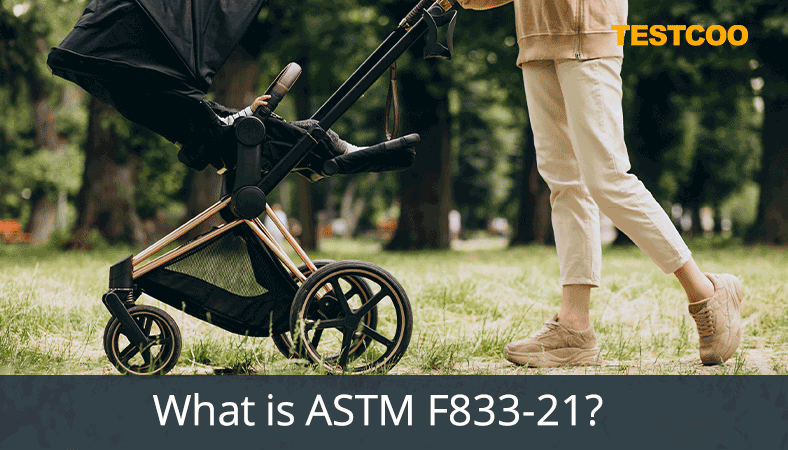
Buying baby carriages and strollers in Asia? Carriages and Strollers are required to comply with the carriage and stroller standard including those related to stability, brakes, restraint systems, latches and folding mechanisms, structural integrity, cords, wheels, and openings of convertible carriage/strollers and multi-positional/adjustable grab bars and with additional requirements.
What is a Carriage and Strollers?
A carriage is a wheeled vehicle used for the transport of one or more infants who is generally in a lying down position. The motive power is supplied by a person pushing or pulling on a handle attached to the vehicle. A carriage may be capable of being folded for storage.
A stroller is a wheeled vehicle for the transport of one or more infants or children generally in a sitting-up or semi-reclined position. The motive power is supplied by a person while pushing on a handle attached to the stroller. A stroller generally is capable of being folded for storage. Strollers normally are used for children from infancy to 36 months of age.
What is ASTM F833-21? Carriage and Stroller Standard
ASTM F833-21 is the Standard Consumer Safety Performance Specification for Carriages and Strollers.
Federal law requires that carriages and strollers comply with the carriage and stroller standard and with additional requirements, including those of the Consumer Product Safety Improvement Act of 2008 (CPSIA).
Children's Product Certificate that the carriage or stroller comply with the standard and with any additional requirements after the carriages and strollers have been tested for compliance at a CPSC-accepted, third party laboratory.
ASTM F833-21 standard establishes safety performance requirements, test methods, and labeling requirements to minimize the hazards to children presented by carriages and strollers as identified in the introduction. Children’s products such as tricycles, bicycles, or other similar wheeled products that can be self-propelled by a child are not considered carriages or strollers subject to the requirements of this standard, even if the item has a temporary or permanent handle.
What is the Purpose of the Carriage and Stroller Standard?
The standard seeks to minimize the risk of deaths and injuries associated with the use of carriages and strollers, including those related to stability, brakes, restraint systems, latches and folding mechanisms, structural integrity, cords, wheels, and openings of convertible carriage/strollers and multi-positional/adjustable grab bars.
What are the Requirements for Carriages and Strollers?
The principal requirements for carriages and strollers apply to the following components or areas of the product to address the following hazards:
● Latching and locking mechanisms to address unintentional folding or collapse;
● Openings to address finger entrapment hazard;
● Frame folding hinges and canopy hinges to address scissoring, shearing, and pinching hazards;
● Exposed coil springs to address entrapment hazard;
● Protective components from sharp edges, points, or entrapment of fingers or toes
● Toy accessories to address choking hazard;
● Cords and straps to address strangulation hazard;
● Parking brake to address fall hazard;
● Static load to address tip overs and collapses;
● Stability to address tip overs;
● Restraining system to address fall hazard;
● Occupant retention for carriages and convertible carriages/strollers to address falls;
● Combination unit of a car seat on a stroller to address falls, tip overs, and collapses;
● Impact test to address car seat detachment and to ensure product integrity;
● Passive containment/foot opening to address head entrapment;
● Wheel and swivel assemblies to address falls and tip overs;
● Car seat on a stroller or convertible carriage/stroller to address head entrapment;
● No hazardous points or edges;
● No small parts; and
● Labeling requirements to address falls and entrapments.
What are the additional requirements for carriages and strollers required by the Consumer Product Safety Improvement Act?
Carriages and strollers are subject to requirements for surface coatings, lead and phthalate content, third party testing and certification, registration cards, and tracking labels. These requirements are discussed below:
● Surface Coating Limit: Carriages and strollers must not be painted with paint that contains more than 90 ppm (0.009 percent) lead.
● Lead Content Limit: Carriages and strollers must not contain greater than 100 ppm (0.01 percent) of total lead content in any accessible component part.
● Phthalate Content Limits: Carriages and strollers that contain plasticized parts that are designed, marketed, or intended to facilitate sleep (i.e., carriages or reclining strollers) or that have plasticized components that are designed, marketed, or intended to facilitate eating (i.e., food tray), must not contain more than 0.1 percent of the following eight specified phthalates: di-(2-ethylhexyl) phthalate (DEHP), dibutyl phthalate (DBP), or benzyl butyl phthalate (BBP), diisononyl phthalate (DINP), diisobutyl phthalate (DIBP), di-n-pentyl phthalate (DPENP), di-n-hexyl phthalate (DHEXP), and dicyclohexyl phthalate (DCHP).
● Testing and Certification: Carriages and strollers, like all products that are designed or intended primarily for children 12 years of age or younger, must be tested by a CPSC-accepted, third party laboratory for compliance with the carriage and stroller standard and all other applicable children's product safety rules, including the lead paint, lead content, and phthalate content limits. Based on that testing, a domestic manufacturer (or importer) of a carriage or stroller must issue a Children's Product Certificate specifying each applicable rule and indicating that the product complies with those rules.
● Product and Outer Package Labeling Requirements: Durable infant or toddler products, such as carriages and strollers, must be permanently marked with specific labeling information, including tracking labels, on the product and on the packaging. In addition, durable infant or toddler products are required to have additional product markings and a product registration card attached to the product. This chart summarizes the specific labeling and registration requirements that durable infant and toddler products must meet.
Conclusion
Strollers’ value to safeguard the baby from accidents is its most crucial aspect. Our experts share your concern regarding child safety, we support your product quality control, helping you to optimise the safety and quality of baby carriages and strollers.
Talking to TESTCOO experts at service@testcoo.com to learn about carriages and strollers quality control.
Free Sample Report Performance Quality Control
Download a sample report to keep control of your supply chain!
Featured Articles
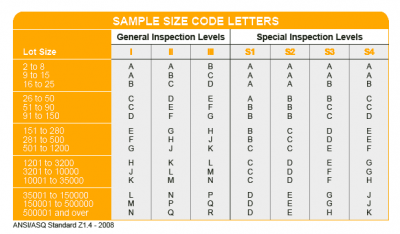 AQL Table | How to Read It
AQL Table | How to Read It TOP 10 Common Defects in Garments Quality Inspection
TOP 10 Common Defects in Garments Quality Inspection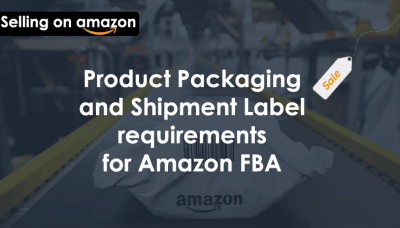 Product Packaging and Shipment Label requirements for Amazon FBA
Product Packaging and Shipment Label requirements for Amazon FBA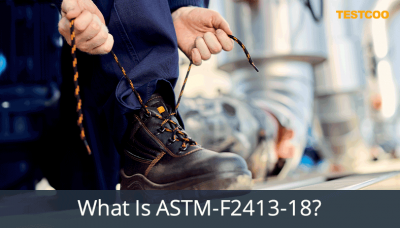 What Is ASTM-F2413-18? Protective Footwear Standard
What Is ASTM-F2413-18? Protective Footwear Standard How to Conduct Third-Party Quality Control Inspections for Electric Scooters
How to Conduct Third-Party Quality Control Inspections for Electric Scooters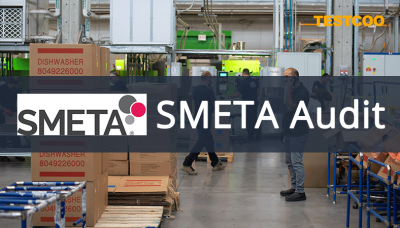 SMETA Audit-What is SMETA Audit?
SMETA Audit-What is SMETA Audit?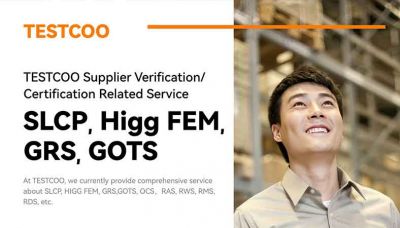 TESTCOO Supplier Verification/Certification Service SLCP, Higg FEM, GRS, GOTS
TESTCOO Supplier Verification/Certification Service SLCP, Higg FEM, GRS, GOTS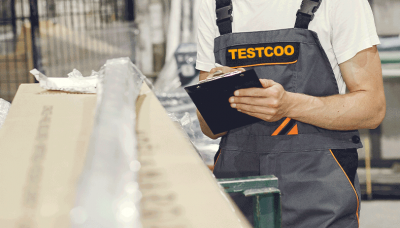 Quality Control Inspection Company in China
Quality Control Inspection Company in China What is Quality Inspection? A Complete Guide
What is Quality Inspection? A Complete Guide Guidelines for Product Inspection in India
Guidelines for Product Inspection in India
Category
- Production Inspection Service
- Factory Audit
- Softline Inspection
- Hardline Inspection
- Electrics Inspection
- Certification
- Checklist
- Manufacturers
- Quality Assurance Basics
- Products Recall
- AQL
- Guidence and Standard
- News
- Supplier Management
- Amazon
- Protective Equipment
- e-commerce quality control
- Indian Manufacturing
- Soft Goods Quality Control
- Supply Chain Management
- Supply Chain Resilience
- E-Commerce Quality Control
- ISO 2859
- Supply Chain Optimization
- Garment Industry
- Higg Index




